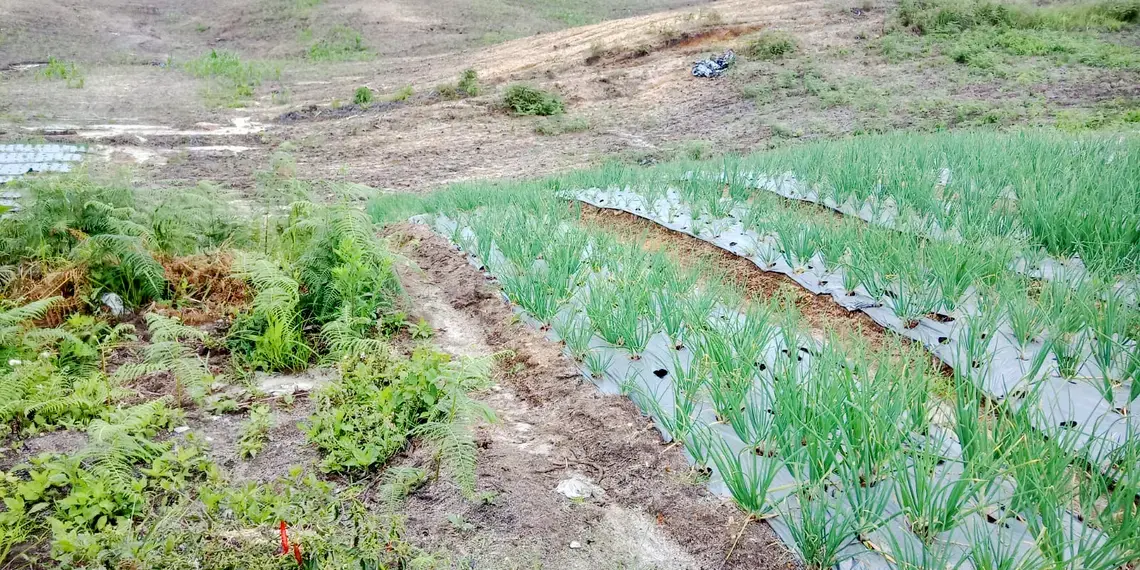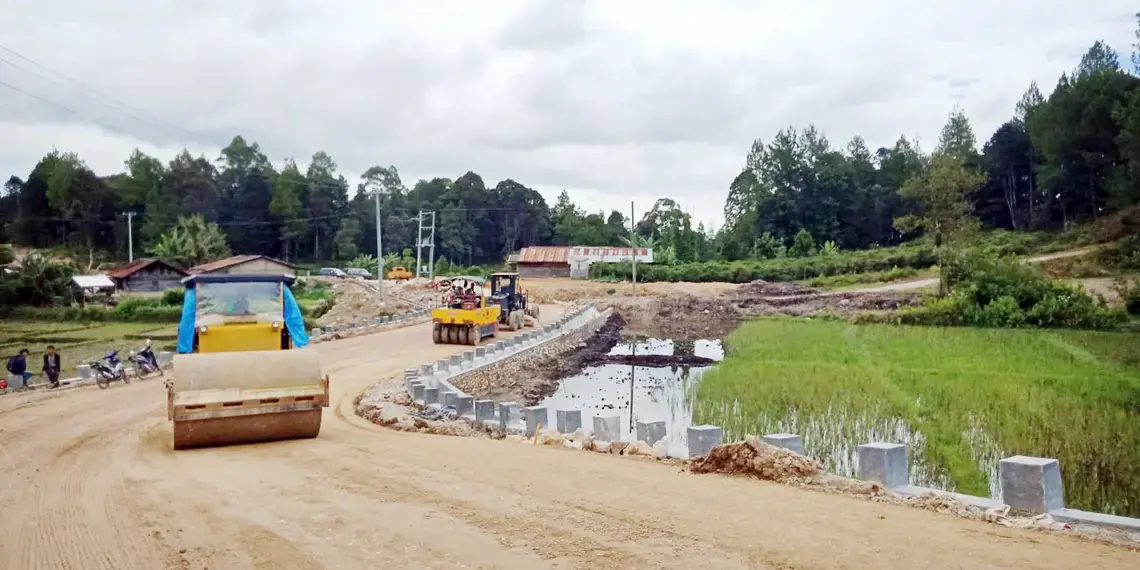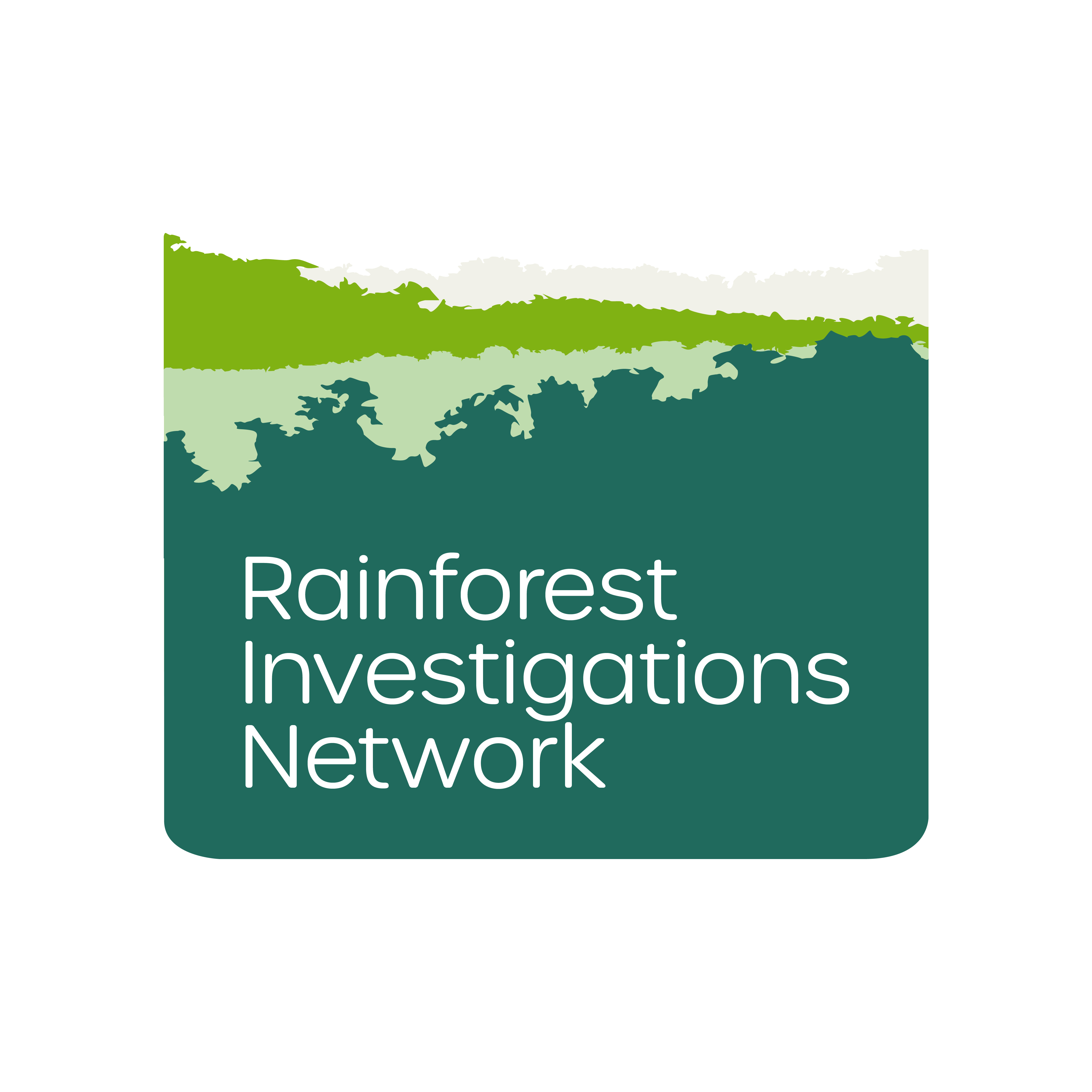The food estate program in Humbang Hasundutan, North Sumatra, cuts into the kemenyan forest indigenous land. The yield fell short of target.
A GROUP of officials who said that they were from the North Sumatra Forest Utilization Agency came to the Ria-Ria village in Humbang Hasundutan, North Sumatra, located southeast of Lake Toba, in August 2021. To village chief Jon Ferdianus Lumban Gaol, they asked for permission to erect land boundary markers for the food estate program.

Whistleblowers and others in possession of sensitive information of public concern can now securely and confidentially share tips, documents, and data with the Pulitzer Center’s Rainforest Investigations Network (RIN), its editors, and journalists.
The government has chosen the village situated in a hilly area to become a pilot village for the implementation of the food estate program by planting potato, shallot, and garlic. The food estate is a strategic project conceived by the President Joko Widodo’s administration to prevent food shortage due to the Covid-19 pandemic. (Read the complete coverage in the October 11, 2021, issue: Irresponsible Food Estate.)
In Humbang Hasundutan, 23 hectares of land are allocated for the food estate program. Left with not enough time to fully understand the officers’ request, Jon granted them permission. “They said it was only temporary, and locals could log their protest if they objected,” said the 53-year-old Jon on Tuesday, October 26. He sent four village staff members to supervise the land boundary marker construction.
The officials planted their markers along house grounds, backyards, and plantations managed by locals. According to Community Initiative Development and Study Group Director Delima Silalahi, these markers are cutting into the customary land in Ria-Ria village. “They were installed without the people’s knowledge,” she said.
Locals cultivated the plantations that were later added to the food estate area by planting plants, such as durian, kemenyan (Styrax sumatrana J.Sm), and andaliman (Zanthoxylum acanthopodium). Kemenyan and andaliman are grown for their essential oils, used in perfume.
Jon obtained a report saying that the food estate area in his village measures 411.5 hectares. This area is where locals earn their living from. However, according to Regent Humbang Hasundutan, Dosmar Banjarnahor, the food estate area is part of an idle concession land owned by Toba Pulp Lestari. “It was an abandoned land filled with bushes,” he said.
Jon was puzzled upon hearing the information. In his village, the food estate lays claim to a residential area already inhabited by the Batak Karo community who have been there for 12 generations. Jon’s claim is also confirmed through satellite imaging analysis, which shows that Ria-Ria village is not situated in the land concession area of Toba Pulp Lestari.
Josua Lumban Batu, a Humbang Hasundutan customary leader, added that the customary land in Ria-Ria was formally acknowledged in 1979 through North Tapanuli Regent Decree No. 38/Kpts/1979. “We have been living here for 300 years,” he said.
Josua points to 11 cultural heritage sites as proof that the inhabitants of Ria-Ria have settled there for centuries. In the 19th century, Josua explained, the Dutch East Indies colonial government divided the land into three parts: huta, which means settlement; tombak raja and Lake Toba; and the protected forest.
In 1964, when the North Tapanuli Regency was just established, the New Order government intensively carried out reforestation by planting pine trees. The program conflicted with a local residential area. Inhabitants of Ria-Ria defended 10,000 hectares of land to keep them from becoming state forest territory.
The land tenure conflict erupted, until in 1979 when President Suharto sent Coordinating Minister for Political, Legal, and Security Affairs Sudomo to go there. Following a discussion, North Tapanuli Regent Salmon Sahala granted the wish of Ria-Ria inhabitants. “Now suddenly these food estate land boundary markers appeared,” said 67-year-old Josua.
A study by the Indonesian Forum for the Environment (Walhi) North Sumatra and the Indonesian Farmers Union mentions that the indigenous land in Ria-Ria is cultivated by seven clans. Descendants of the Siregar, Tampubolon, and Sihotang clans have the rights to cultivate the right side of the land. Meanwhile, the Lumban Gaol, Banjarnahor, Pandiangan, and Manullang clans are entitled to the left side.
Each clan in Ria-Ria has its own organizers (chairperson, secretary, and treasurer). These clan organizers hold a routine meeting every three months to share information regarding the management of their indigenous land. Walhi found a potential conflict between Ria-Ria and Parsingguran I village, where many newcomers settle. People of Ria-Ria claim the 80-hectares wide food estate area in Parsingguran I as part of their land, in accordance with the North Tapanuli Regent decree in 1979.
Food estate area establishment in Humbang Hasundutan began in the middle of June, 2020. During an online meeting, according to a Humbang Hasundutan government official who attended the event, the Coordinating Minister for Maritime Affairs and Investment Luhut Binsar Pandjaitan asked the Environment and Forestry Minister Siti Nurbaya to provide land for the food estate project.
Regent Dosmar Banjarnahor suggested establishing the food estate in Pollung subdistrict. Ria-Ria is located in this subdistrict. The reasoning was that the subdistrict is part of the concession territory of Toba Pulp Lestari, a company owned by tycoon Sukanto Tanoto. Luhut then asked Siti to immediately prepare a legal basis in order to have the food estate program running soon.
On July 28, 2020, Minister Siti Nurbaya issued decree No. SK.307/Menlhk/Setjen/HPL.0/7/2020 about the reduction of Toba land concession area by 16,574 hectares. From that amount, 14,826 hectares are allocated for food security. The food estate permit preceded the legal basis for the use of forest areas for food security, which was only issued by Minister Siti on November 2, 2020.
On October 22, 2020, the planting of food estate commodities began. The land in the production forest was distributed to farmers from surrounding villages. Each farmer is allocated between one to two hectares to plant potatoes, garlic, and shallot. “The certificate of ownership can be inherited but it cannot be sold,” said Dosmar.
Commodities harvested from the plantation are then sold to companies appointed by the government to absorb produce. Some of these off-takers include major companies such as Indofood, Wings, and Champ. Coordinating Ministry for Maritime Affairs and Investment’s Environment Deputy Nani Hendi said that the big companies are involved to provide guarantees for the farmers’ harvest.
The problem is, the food estate changed the farming method of Humbang Hasundutan residents, from communally managing indigenous land to individually tilling the land. Therefore, according to Putra Septian, North Sumatra Walhi’s Studies and Advocacy Manager, the food estate is prone to trigger conflicts between residents. “Moreover, there are big companies that will dictate how the farmers work,” he said.
Walhi also discovered that Regent Dosmar owns a three-hectares potato nursery in Parsingguran II village, where farmers get their supply from. The land is rented to a company that supplies seeds to off-taker companies. Regent Dosmar admitted that he is involved in the food estate development in his home region because it is beneficial for society.
Dosmar’s claim turned out to be unfounded when harvest time arrived. The sandy soil in Ria-Ria is unsuitable for horticulture. As the result, from a target of 20 tons of potato harvest per hectare, farmers were only able to produce 15 tons. “The management was also rushed, and the seeds were poor,” said Aslin Simamora, a farmer from Ria-Ria. He explained that, after being cleared, the land should have been left for six months prior to planting.
Concerned about the food estate invading their customary land, the residents of Ria-Ria wrote a letter to President Joko Widodo, with copies sent to the environment and forestry ministry and all the way to Pollung subdistrict head, on September 13. They asked Jokowi to be mindful of the regulation acknowledging the indigenous land because one village has already been turned into a plantation.
This story was originally published in Indonesian. Link to original story.










